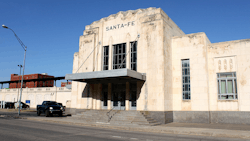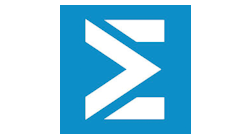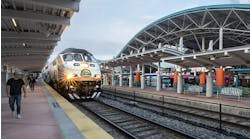Oklahoma City has a unique opportunity to plan how land gets used around proposed transit stations. Embark is receiving technical assistance from national non-profit Smart Growth America (SGA) to help plan more user-friendly, connected transit stations where people live and work, as well as where they can park cars, bikes and catch public transit. At the same time, those stations would be surrounded by retail, housing, and sidewalks for a more mixed-use environment. Embark is seeking public input to hear what residents want and need near proposed transit stations. This is the next step in the Northwest Corridor planning that began in 2015.
The public has been invited to a planning session on Tuesday, August 30 from 6:30 to 8:30 p.m. in the community room on the third level of 50 Penn Place located on Pennsylvania Avenue just south of NW Expressway. Participants will hear from national experts and will be asked to provide input on what they would like that development to be or look like.
“These are stations near where one could live or work or be used to easily switch from one mode of transportation to another,” said Larry Hopper, principal planner for Embark. “That means I could drive or cycle to the station, park and catch a frequent bus to my destination. I could grocery shop or fill a prescription if those services were right next to the transit station.” In this study, transit stations would resemble an enhanced station similar to what’s seen in cities where light rail is present.
Embark has explored many places for a new type of transit station. Some examples are near Classen and 23rd, Penn and N.W. 50th, N.W. Expressway and Independence, and N.W. Expressway and 63rd.
“All of these areas have tremendous potential for development,” adds Cathy O’Connor, president of the Alliance for Economic Development. “Through collaboration and thoughtful planning, we can develop these areas in a way that improves the quality of life for those who live in the area, attracts business and housing and enhances access to public transit. This is more than an economic development opportunity; it’s a chance for Oklahoma City to again define what we want to look like, how we want to live and what we offer our residents in 5-7 years.”
The technical assistance is made possible through the Federal Transit Administration’s (FTA) transit-oriented development (TOD) Technical Assistance Initiative. Oklahoma City is one of nine communities to receive the technical assistance as part of the inaugural round of the TOD Technical Assistance Initiative. The technical assistance will bring transit experts to Oklahoma City to help plan for and manage development around transit projects through effective zoning, land use, affordable housing and securing better commercial development.
“Public transit plays a critical role in our city’s development,” said Oklahoma City planning director Aubrey Hammontree. “We want well-connected spaces where people can walk, shop, work and live – and of course, access public transit. City departments such as Planning and Embark, as well as others, are working with the community to ensure that our city’s development and transit system work hand in hand to achieve better, more thoughtful connections between people and places.”



